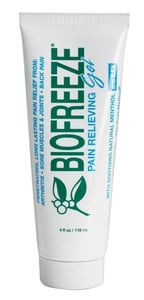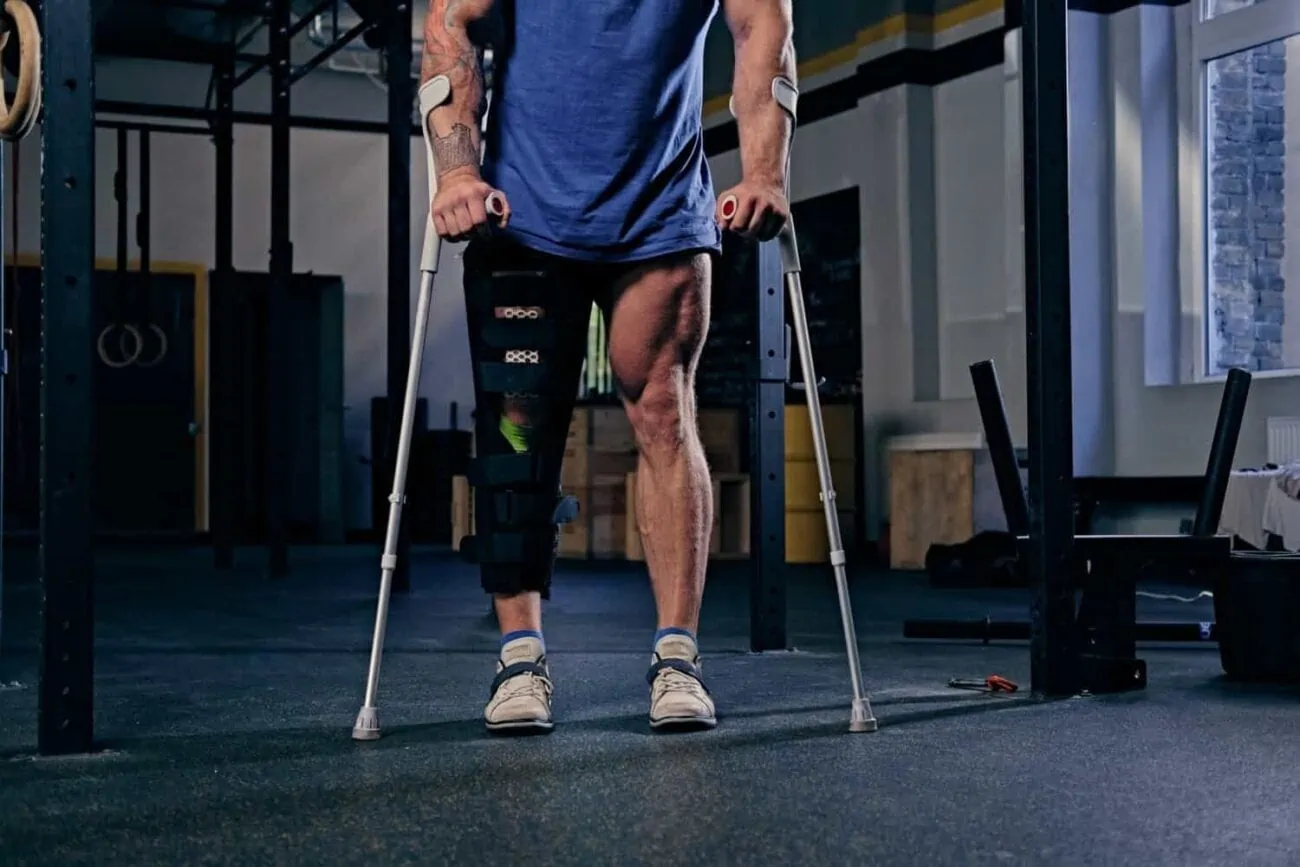Some tips to prevent and eliminate pain resulting from gym training
Some tips to help you not only prevent injuries but also eliminate annoying pain, and what you should do in case of injury.
Please note, these are just small suggestions, and if you are already injured, you should consult a doctor, not read an article on the internet.
The objective here is above all prevention.
Prevent Pain
Don't go straight to the deadlift bar and do your maximum weight when you get to the gym, warm up first.
Warm up well, especially on the muscle you are working on during the same training session.
Some examples that you can use for warming up.
- 5/10 minutes of cardio before starting your workout.
- Some weightless exercises.
- Some warm-up exercises with little weight, for example, with a pair of light dumbbells, do 2 or 3 different exercises.
- 1 or 2 sets of the first exercise of the training with a light weight and 15 repetitions.
Choose at least one of these strategies.
Perform the exercises with the correct technique.
Check the mirror while you exercise, but don't get too distracted by it.
Ask someone to confirm that you are doing the exercise with the right posture.
If, even with warm-up and correct form, you get injured regularly, something is wrong.
- Are you following a good diet?
- Are you getting enough rest?
- What's your training plan like?
You can also try a Glucosamine and Omega 3 supplement, both good supplements for preventing injuries and joint pain.
Eliminate Pain
Pain in the shoulder?
Back pain?
Anyway, muscle pain?
Look at the pharmacy for a product called BioFreeze.
A real lifesaver for that annoying shoulder pain.
Topically applied, the BioFreeze it will freeze the area in question, eliminating the pain.
Try it.
But be careful, if the pain exists, it must be treated.
This product is only for relieving annoying pain from time to time, not for training when you are injured.
Treating Pain
Stop training.
To treat mild pain, use a product with Diclofenac, the common Voltaren, for topical application.
It is an anti-inflammatory, not subject to medical prescription, which will act against the injury you may have sustained.
If it is moderate or severe pain, of course, consult a doctor.
The objective will always be to prevent and not treat.
Finally, if there is pain, find out the origin.
Usually it is due to poor exercise execution or excessive overload, review your training and understand where you are failing.
We also advise you to take a look in this article, which addresses the topic of tendon injuries in much more depth.



